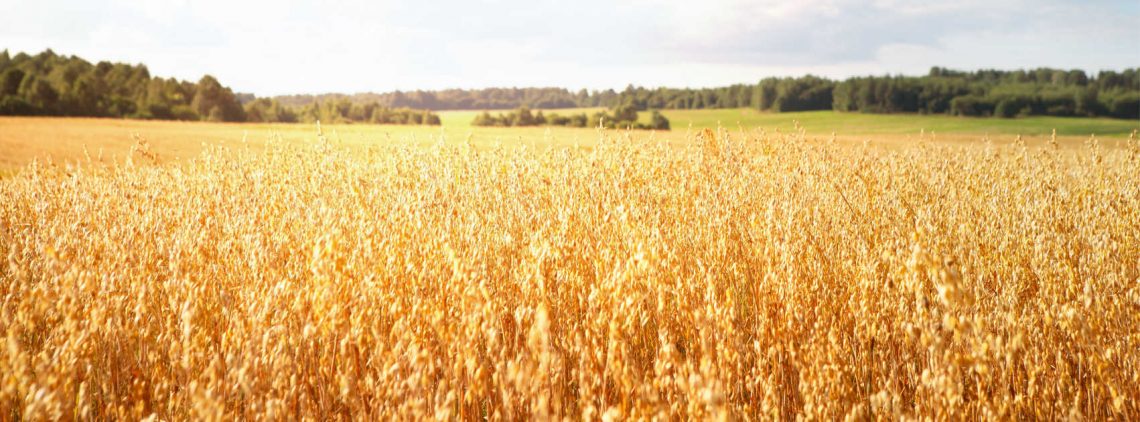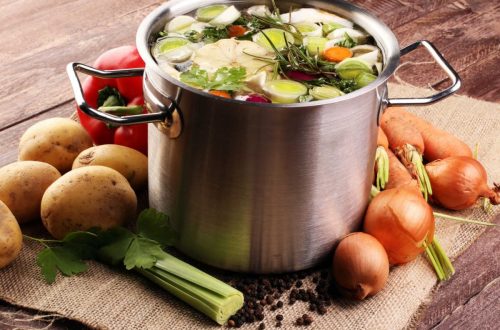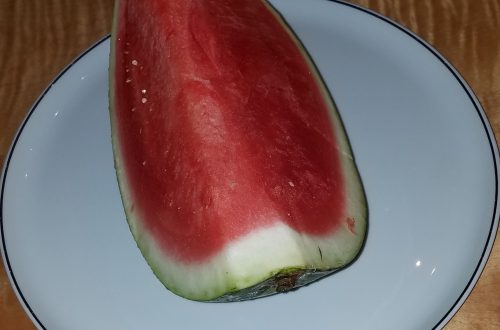
More Than a Kernel of Flavor from Whole Grains
I used to love the time of the oat harvest in the late summer. When I surveyed the 30 or so acres of near-ripe grain in a summer breeze, I could see the rolling waves, just like the ocean. And since we were 50-plus miles from any large body of water, it was a magical view. And occasionally, I could see an errant stalk of wheat or barley, sprouted from a volunteer seed mixed in with the oats when the field was planted. I’d grab those heads, crack the seed hulls, and eat the grain. (Oats have hard hulls and are tougher to crack open.) As I chewed the seeds, I savored the earthy, nutty flavors.
These days, I try to incorporate whole grains – farro, barley, bulgur – into our meals. And recently I came across a large university study that attests to the value of eating whole grains, especially among those of us in the older cohort. Seems that whole grains aid in the absorption of proteins in your alimentary canal, slow the breakdown of starch into glucose, and help prevent the formation of small blood clots that can trigger heart attacks or strokes. Another bonus: grains help lower cholesterol and move food through the digestive tract.
As for individual grains, bulgur wheat, the key ingredient in Middle Eastern dishes such as tabouleh, contains the most fiber. Oats contain beta glucans that lower “bad” LDL cholesterol and total cholesterol. Teff has more calcium than other grains. Quinoa is a complete protein grain – it contains all nine essential amino acids. Buckwheat presents a source of resistant starch, which improves blood-sugar control. Hulled barley, along with spelt, are great sources of minerals such as manganese, magnesium, zinc, copper, and iron.
Baking with whole grains
Historically, most peoples used these grains to make their local “bread.” For modern bakers, the switch from regular white flour to whole grain flours can be a challenge. Pastry chef Kim Boyce writes in her introduction to Good to the Grain that it’s difficult to simply trade whole wheat for white flour. “Baking with whole-grain flours is about balance,” she writes.
Simply using whole grain flours produced muffins that were dense and tough and pancakes that were heavy and limp. To get the right texture requires a combination of flours. She found that mixing a cup of all-purpose white flour with an equal amount of barley flour or dark whole-grain rye flour often resulted in the right texture. Success led to experimenting with whole grains for cookies, cakes, and yeasted pastries. “The flavor was fantastic,” she said. “There were hints of dry grass or roasted nuts, an earthy or milky flavor or the surprisingly sweet taste of malt or even caramel.” Her chocolate chip cookie recipe contains 100% whole wheat flour. The pear and buckwheat pancakes share equal parts buckwheat flour and whole grain pastry flour. But her zucchini bread has equal parts rye flour and all-purpose flour.
Cooking with whole grains
When it comes to incorporating grains into main-dish meals, as you might expect, recipes are mostly clustered around cuisines where the grains originated. For the most part, that’s the Mediterranean and Middle East. Most of us might have grown up eating white rice, the world’s most popular grain, but barley, farro, millet, and bulgur provide delicious nutty and earthy alternatives.
Here are 30 different ideas from Taste of Home on using whole grains for a family meal. At this time of year, I like dishes such as the beef barley soup or Southwest chicken barley chowder. Or maybe a barley risotto and beef stroganoff. For vegetarian, how about a cranberry-pecan and wheatberry salad or a black bean and bulgur salad? What I like about these dishes is their ability to satisfy my fellow diners while providing some unusual and appetizing flavors.
To comment, please click on “Read in Browser” or on the headline to view the blog on the website. You can log in and comment at the end of the blog to share your thoughts and start a discussion.
If you’d like to share the blog, click on the Facebook icon or one of the others. Thanks!




